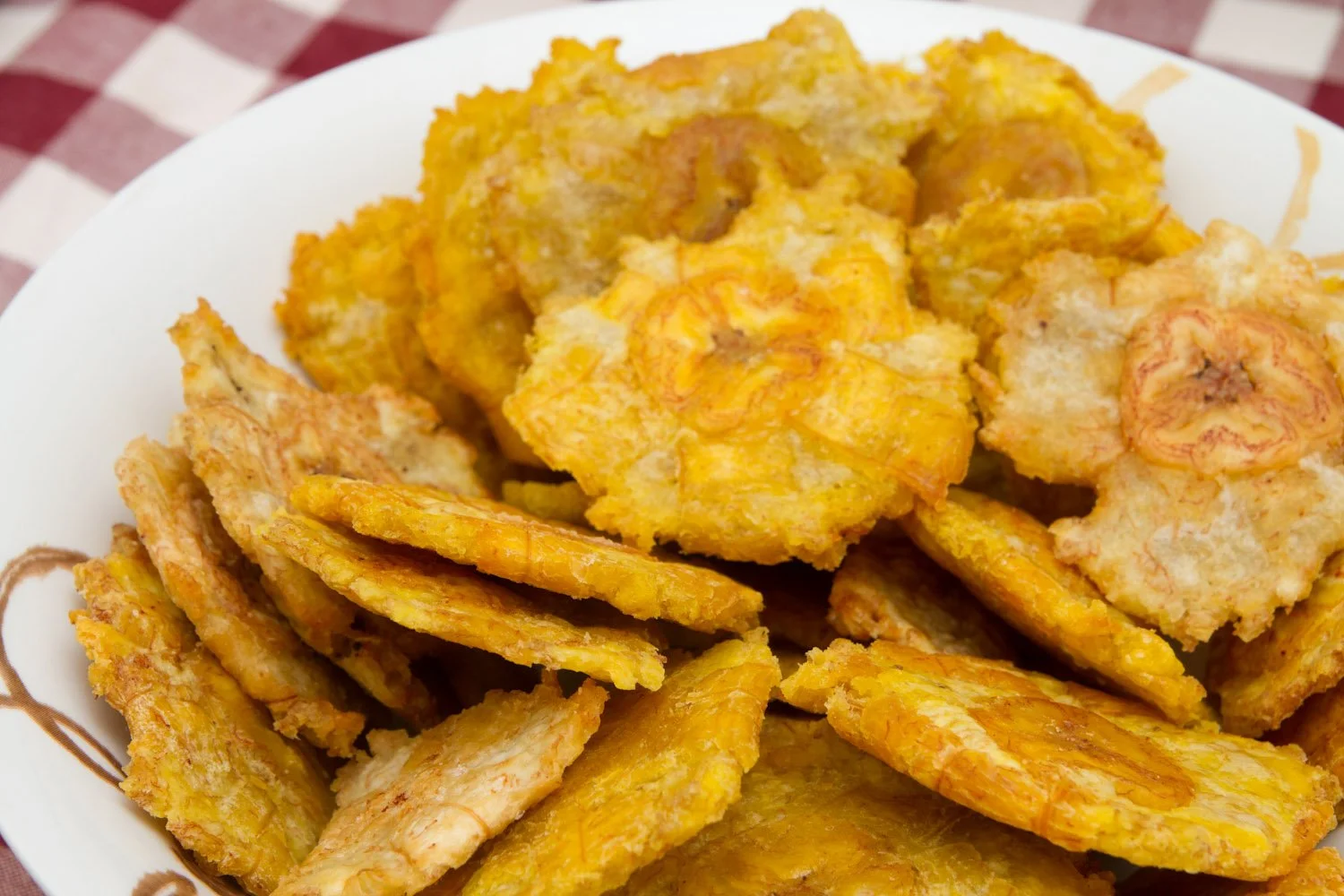Make it stand out.
Two entrepreneurs’ individuals went looking for ventures and opportunities in life until one time by coincidence life put them in the same road. One of them was already into business with the tortillas and the other was testing in his home kitchen, how to make a plantain tortilla. Their interest for the new product was very similar and adrenaline started to boil within seconds. They both agreed to work together and create a product for the international market. That’s when NUNA was born and the name NUNA in QUECHUA language means “SOUL”… basically both partners agreed that green plantains was part of their heritage and the product and project NUNA plantain tortillas was in their soul. They both had their soul on Plantains due to the health benefits that plantains have over corn or flour the importance to create a new use for the fruit. Plantains (platanos in Spanish) look like large bananas, They are technically fruits, but much like the tomato and unlike the banana, THEY ARE EATEN AND COOKED AS THEY WERE VEGETABLE. Harder to peel (specially when green) than bananas, plantains cannot be eaten raw.
Our Story
NUNA FAQs
-
Cholesterol Free, Kosher, Vegan, Gluten Free, Trans Fat Free, No Allergens, 60 Calories per serving
-
Green banana/plantain, salt preservatives
(potassium sorbate, sodium benzoate)

What are Plantains?
-
Considering the many similarities between the two, plantains are often mistaken for bananas. Plantains are actually a close relative to the banana and the two share many of the same qualities. Both are quality sources of potassium and can help bolster the immune system. At the same time, there are still differences between plantains and regular bananas. The two have a different flavor profile, with plantains typically being starchier. Plantains are also commonly green in color, instead of the bright yellow bananas that are more popular in places like North America. Plantains are also much more commonly cooked, instead of eaten raw. Both plantains and bananas contain valuable vitamins and minerals.
-
It all begins with an idea. Maybe you want to launch a business. Maybe you want to turn a hobby into something more. Or maybe you have a creative project to share with the world. Whatever it is, the way you tell your story online can make all the difference. One cup (approximately 148 grams) raw plantain contains roughly the following:
181 calories
47.2 grams carbohydrates
1.9 grams protein
0.5 grams fat
3.4 grams fiber
27.2 milligrams vitamin C (45 percent DV)
1,668 international vitamin A (33 percent)
0.4 milligram vitamin B6 (22 percent)
739 milligrams potassium (21 percent)
55 milligrams magnesium (14 percent)
32.6 micrograms folate (8 percent DV)
0.1 milligrams copper (6 percent DV)
0..1 milligrams thiamine (5 percent DV)
0.1 milligrams riboflavin (5 percent DV)
1 milligrams niacin (5 percent DV)
0.9 milligrams iron (5 percent)
50.3 milligrams phosphorus (5 percent DV)
0.4 milligrams pantothenic acid (4 percent DV)
-
Plantains are typically eaten when cooked, which changes the fruit’s nutritional value. One cup (about 200 grams) of cooked, mashed plantains has approximately:
232 calories
62.3 grams carbohydrates
1.6 grams protein
0.4 gram fat
4.6 grams fiber
1,818 international units vitamin A (36 percent)
21.8 milligrams vitamin C (36 percent)
930 milligrams potassium (27 percent)
0.5 milligram vitamin B6 (24 percent)
64 milligrams magnesium (16 percent)
52 micrograms folate (13 percent DV)
1.5 milligrams niacin (8 percent DV)
0.1 milligrams copper (7 percent DV)
1.2 milligrams iron (6 percent)
0.1 milligrams thiamine (6 percent DV)
0.1 milligrams riboflavin (6 percent DV)
56 milligrams phosphorus (6 percent DV)
0.5 milligrams pantothenic acid (5 percent DV)
2.8 micrograms selenium (4 percent DV)
Plantains, also known as cooking bananas, are a tasty and nutritious relative of bananas. There are many health benefits of plantains, and they are widely eaten across the globe. South America, West Africa, and the Caribbean Islands are just some of the places that see plantains as a major food staple. Although often referred to as cooking bananas, cooking them is not a necessity and they can be eaten raw.


